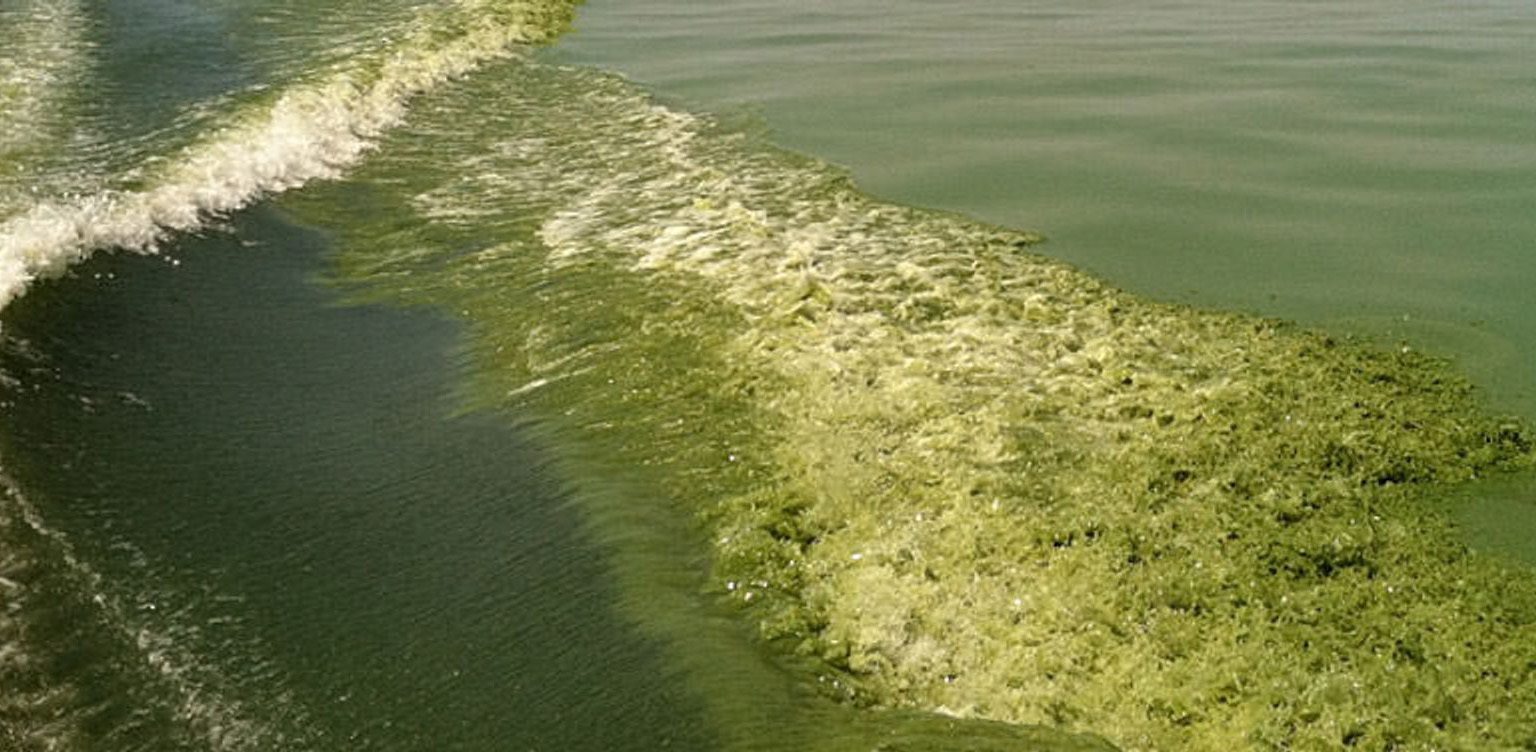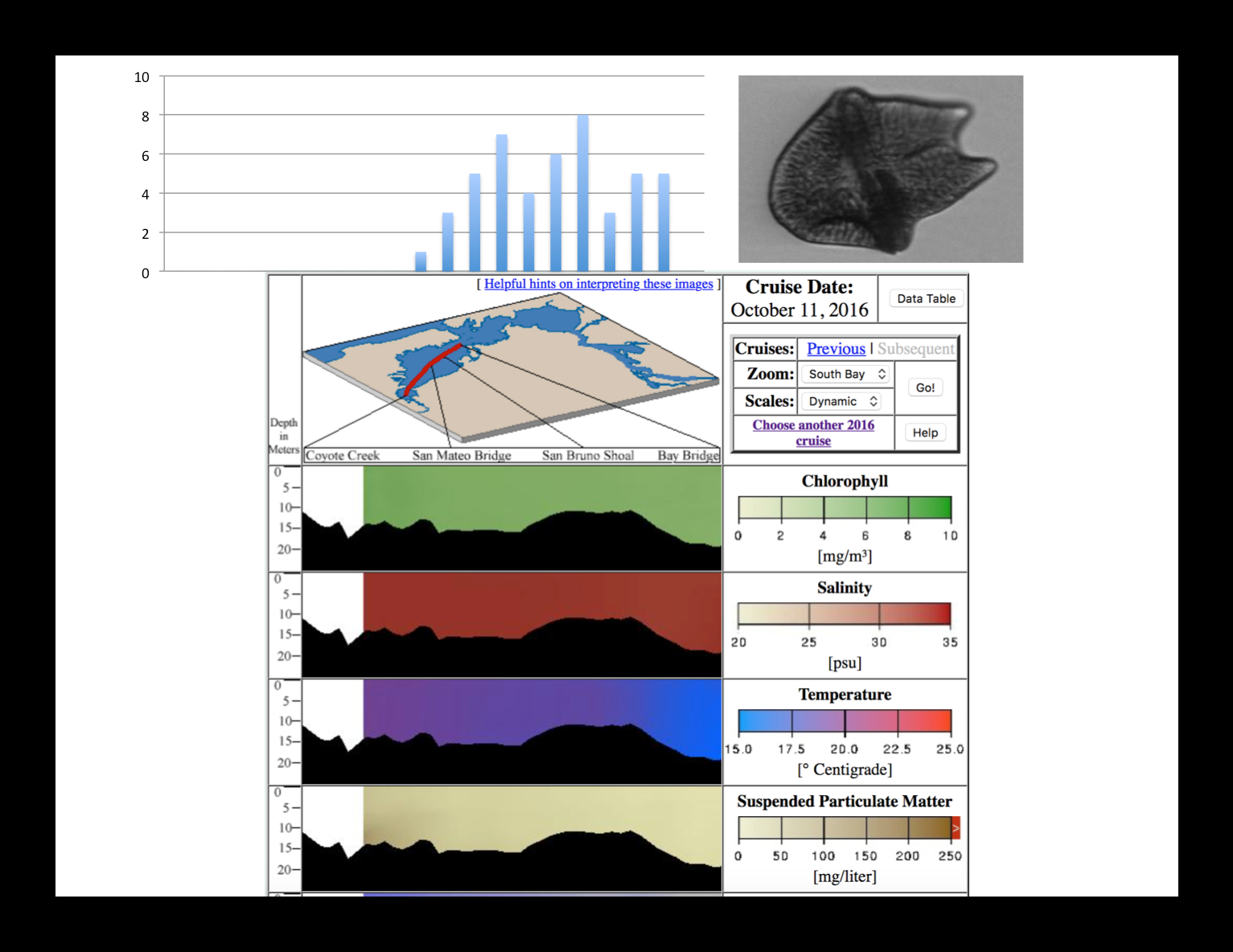Background
 The marine and fresh waters of the United States are increasingly impacted by the growing environmental problem of harmful algal blooms (HABs), high densities of microscopic algae most noted for their production of potent toxins. HABs are known to occur in all 50 states. HABs can adversely affect human and animal health, and cause significant economic impacts to coastal communities, losses to aquaculture enterprises, and long-term ecosystem changes. While HABs are naturally occurring phenomena, they are increasing in frequency and duration, and geographically expanding due to human-influenced ecosystem changes such as excessive levels of nutrients and extreme weather events.
The marine and fresh waters of the United States are increasingly impacted by the growing environmental problem of harmful algal blooms (HABs), high densities of microscopic algae most noted for their production of potent toxins. HABs are known to occur in all 50 states. HABs can adversely affect human and animal health, and cause significant economic impacts to coastal communities, losses to aquaculture enterprises, and long-term ecosystem changes. While HABs are naturally occurring phenomena, they are increasing in frequency and duration, and geographically expanding due to human-influenced ecosystem changes such as excessive levels of nutrients and extreme weather events.
IOOS and the Regional Associations (RA) have responded to these impacts by developing a National Harmful Algal Bloom Observing Network (NHABON) implementation strategy, implementing a series of Congressionally mandated HAB pilot projects, funding HAB-related projects via Ocean Technology Transition (OTT) and Coastal and Ocean Modeling Testbed (COMT) grants and via a wide range of RA-originated projects. Total spending was approximately $4.2M in FY22.
HABs Activities and Projects
Pilot Projects
The U.S. IOOS Office has allocated $2.8 million in fiscal year 2022 for pilot projects for the nascent National Harmful Algal Bloom Observing Network and a related Ocean Technology Transition project. Those funds will be distributed across all 11 IOOS Regional Associations for three new and eight continuing projects to enhance the nation’s capacity for monitoring and detection of harmful algal blooms.
The new IOOS HAB projects will focus on expanding and improving HAB observations and testing capabilities; community coordination and service delivery for stakeholders; improving and optimizing HAB forecasts; testing new technology for the detection of HABs; and funding ongoing operation and maintenance of the HAB testbed and existing infrastructure.
IOOS Regional Association HAB web pages and data portals
A number of the IOOS Regional Associations make HAB data available via their data portals.
- AOOS
- NANOOS
- CenCOOS and SCCOOS - California HABMAP
- GCOOS (Imaging Flow Cytobot data)
- SECOORA
- CARICOOS
- GLOS | https://seagull.glos.org/search?query=GLERL
IOOS Association Activities
NHABON
A National HAB Observing Network (NHABON) is needed to efficiently and effectively integrate local, state, regional, and Federal HAB observing capabilities and deliver products operationally. Implementation of the NHABON will achieve the following benefits: enable HAB forecasting and early warning; leverage economies of scale and enhance information transfer between regions; determine algal community baselines and discern patterns/trends to help assess the impacts of climate change, eutrophication, and other environmental forcings; and provide observations to support NOAA's mission of understanding and predicting changes in our oceans.
For more information, view NHABON’s foundational documents: Framework for the National HAB Observing Network Workshop Report, and the Implementation Strategy for a National Harmful Algal Bloom Observing Network.
OTT and COMT HAB related projects
IOOS’ Ocean Technology Transition (OTT) and Coastal and Modeling Testbed (COMT) funding programs also support HAB related research.
- OTT has supported IFCB, ESP, and AUV projects to transition these technologies towards operations.
- COMT supports models underlying HAB forecasts
Press
- Caribbean Sargassum
- Great Lakes
- PNW
 Official websites use .gov
A .gov website belongs to an official government organization in the United States.
Official websites use .gov
A .gov website belongs to an official government organization in the United States.
 Secure .gov websites use HTTPS
A lock or https:// means you’ve safely connected to the .gov website. Share sensitive information only on official, secure websites.
Secure .gov websites use HTTPS
A lock or https:// means you’ve safely connected to the .gov website. Share sensitive information only on official, secure websites.


